Beaulieu River resident Dave Berger shares his experience with feathered stowaways.
I had set off early to get Zarafina ready for our summer trip down to the West Country. I was expecting to do a couple of days of minor works to get her ready, including a low tide on the scrubbing berth to remove the winter’s growth of marine life. My crew was coming down a day later so I stayed on my mooring for a night before motoring upriver the following day to refuel and collect my crew.
On that short voyage I slowly realised that I was not alone on board. I had stowaways aboard! Many a boaters nightmare is to have vermin (principally rats) on board. They can cause havoc with wiring apparently having a penchant for pvc insulation. This can lead to malfunction of navigation and electronic equipment or worse even cause short circuits and fires.
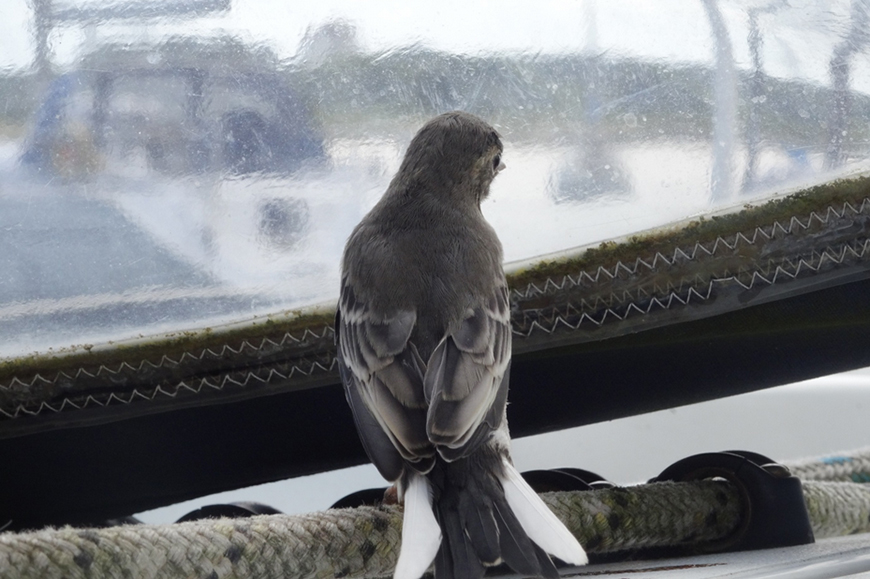
Thankfully my stowaways were above deck and of the feathered variety. I had heard of a friend’s encounter the previous year with a nest in the sail cover so was to an extent forewarned. On closer inspection I discovered I had a nestful of 5 or possibly even 7 fledgling wagtails in the folds of the mainsail within the lazyjack cover. By motoring a mile or two away from my mooring, I was clearly jeopardising their continued development and survival. Would the parents follow their nest of chicks? At the fuel berth there was an adult wagtail looking on, but on enquiry the marina hand told me it had been around for some weeks and therefore was probably a concerned fellow wagtail rather than a feeding parent. I was faced with quite a dilemma. After all my aim was to get the boat ready and go sailing. I did some research, which apart from other considerations, indicated that intentionally disturbing the nest could be construed as a criminal offence. Additionally we might be stuck in the river for a period of up to 3 weeks before the offspring flew the nest.
Once aboard, Jeremy and I decided the responsible approach was to motor back to the mooring and see if the parents would resume feeding. Other ideas such as making a “present” of the nest into a sailcover on a nearby boat would be irresponsible not to mention unwelcome by boat owner and birds alike!
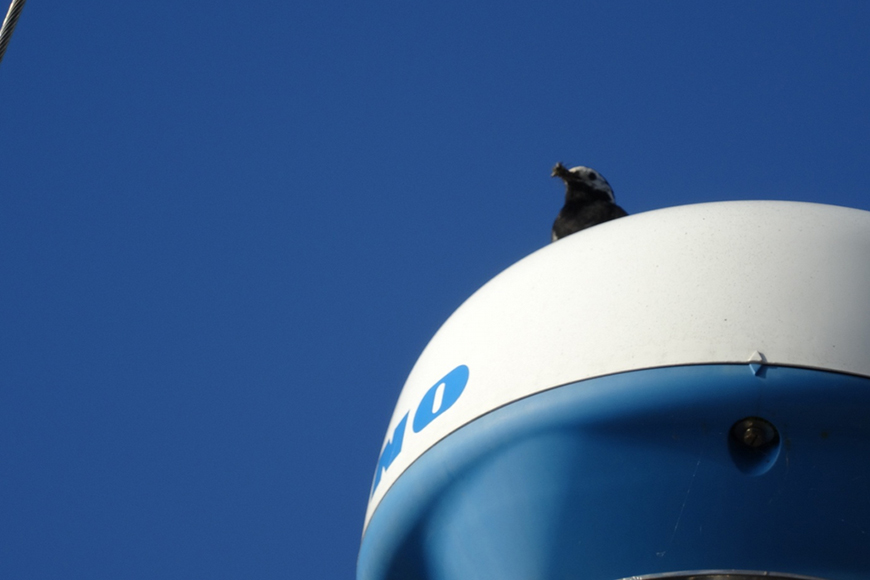
Soooo….. we returned to the mooring and, following advice from the Hitch-hiker’s Guide to the Galaxy, brewed up some tea, so that from the cabin we could monitor developments. It didn’t take long before an indignant parent returned to balefully give us “the eye” from the safety of the radar gantry and vocally admonish us for the disruption we’d caused. Very shortly, feeding resumed. Over the following three days we got on with jobs, some above deck and others below, always giving the adults some free time with no one in the cockpit. The feeding regime intensified. At its height I think there may well have been 3 adults working in shifts. My mid-river mooring provides a near ideal location for a nest we concluded. The sail cover is pretty much always turned away from the wind except when the wind is very light and the boat then swings only to the tide. The gantry provided the ideal resting/observation post for the adults to check for possible predators before dashing in to feed their brood. 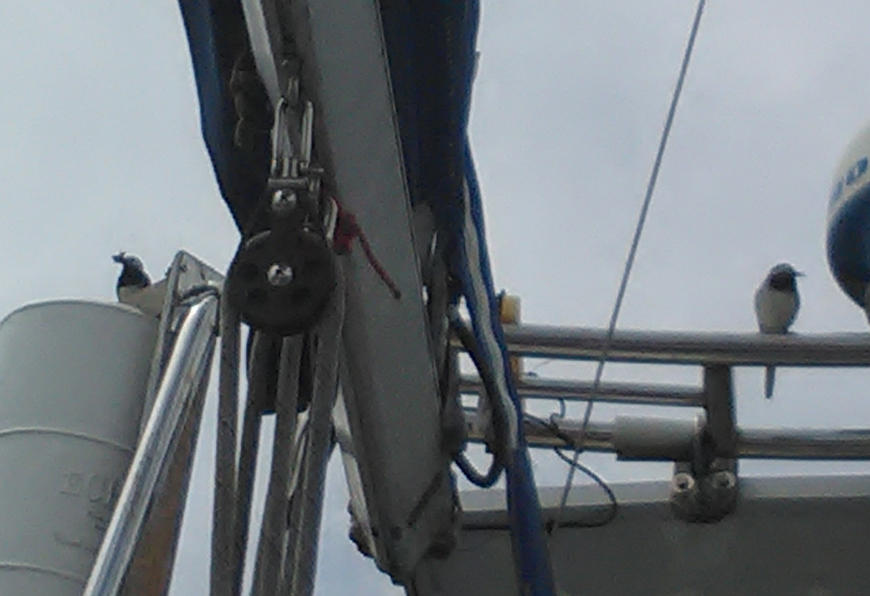
The wagtail diet of small insects is readily available on both banks with grazing meadows and saltmarsh readily to hand (or beak in this case). It’s a short flight so regular and frequent trips became the norm over the three days. We were blessed with a “birds’ eye” view of the proceedings. The adult would arrive with a beakful of often still writhing insects and sit on the rear gantry chirping away. This I think served at least two purposes: firstly it alerted the chicks, and secondly It seemed to be used to call for another adult to come and act as sentry.
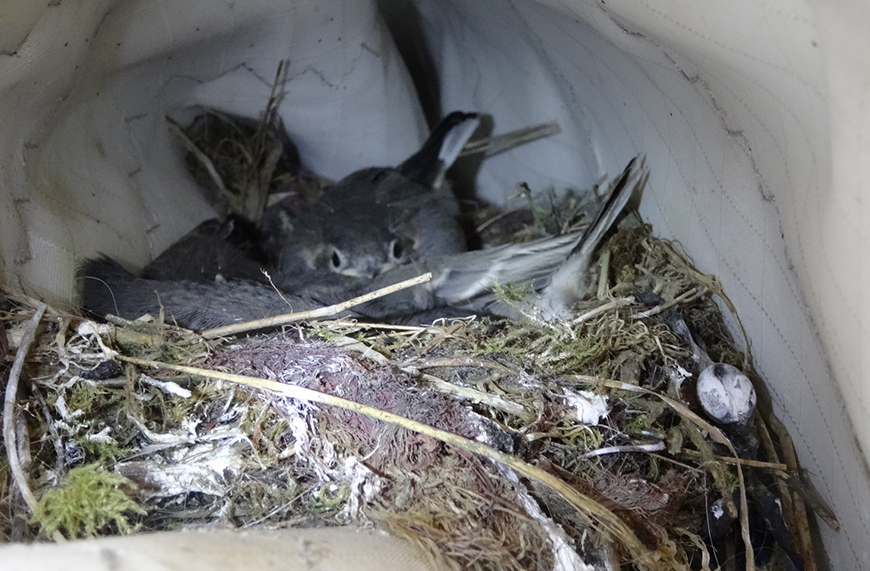
As the days progressed, it became clear that the feeding adult would move from the gantry to the end of the boom and continue to call to the chicks before entering the sailcover. As, one by one the chicks got stronger, the feeding adult would stay near the end of the boom and by this means encourage the strongest/boldest/hungriest to emerge from the nest to be fed. By the morning of the third day aboard, the first of these bolder, stronger chicks fledged and made its maiden flight across to land on the nearby pontoon and presumably start feeding themselves. One by one over the course of that third day all the fledglings made it across to the land. A couple of them had a first landing in the cockpit. One eyeballed me through the aft cabin window before taking fright/flight. Another surprised me when I stuck my head out of the companionway only to encounter it right there! eye to eye.
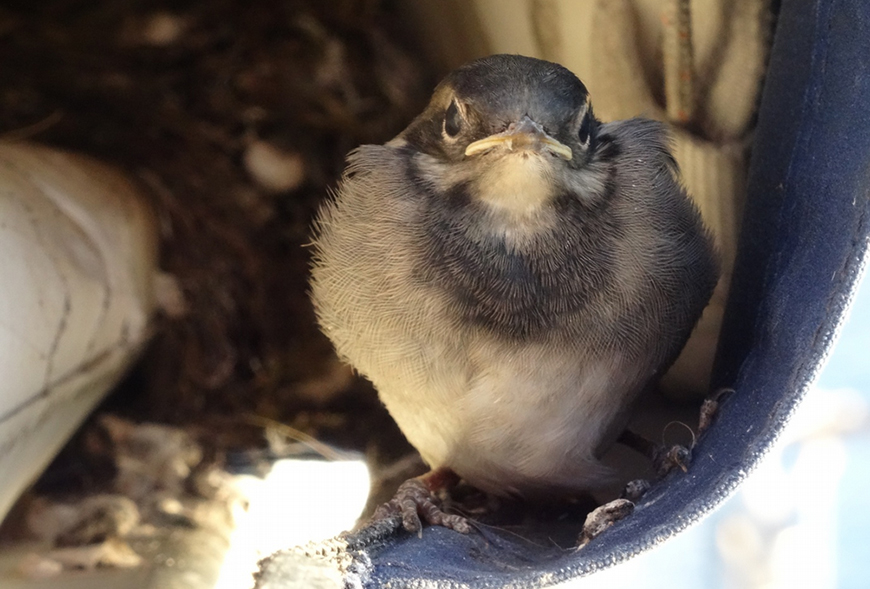
Once the last had left the nest, the following day, I carefully removed the nest from the cover. None had returned to use the nest, but an adult did come across the following day I think just to check there were no chicks left. Maybe they aren’t very good at counting! We did observe about 7 young wagtails on the boom and lifelines of the nearest moored yacht the following day.
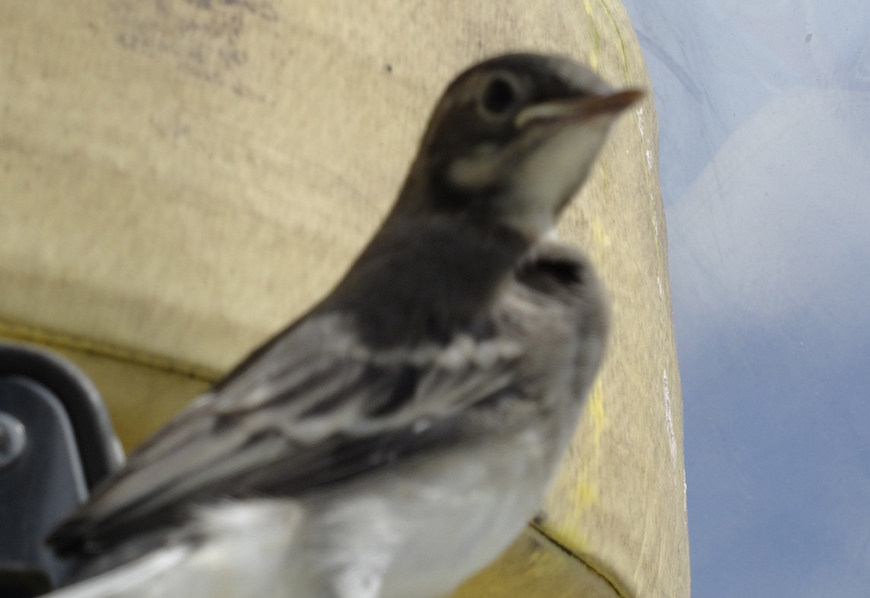
Its very tempting to anthropomorphise when up so close to wild life. I’m not sure whether our presence caused the parents to urge their offspring to “get a move on” with business of getting strong enough to get away from this now less than ideal nesting site. Was that visit the following day a “thank you” or a telling off??
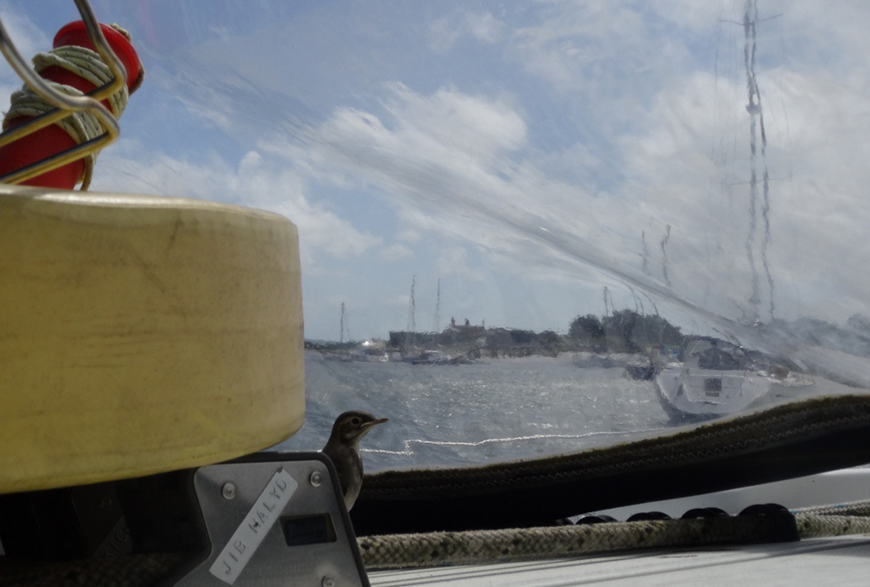
All in all the experience was greatly enriching. It was a privilege to be so close to such an important development stage for the chicks and to witness the successful first flights of so many was just marvellous.
Dave Berger “Zarafina” (Nicholson 345 based on the Beaulieu River) November 2019